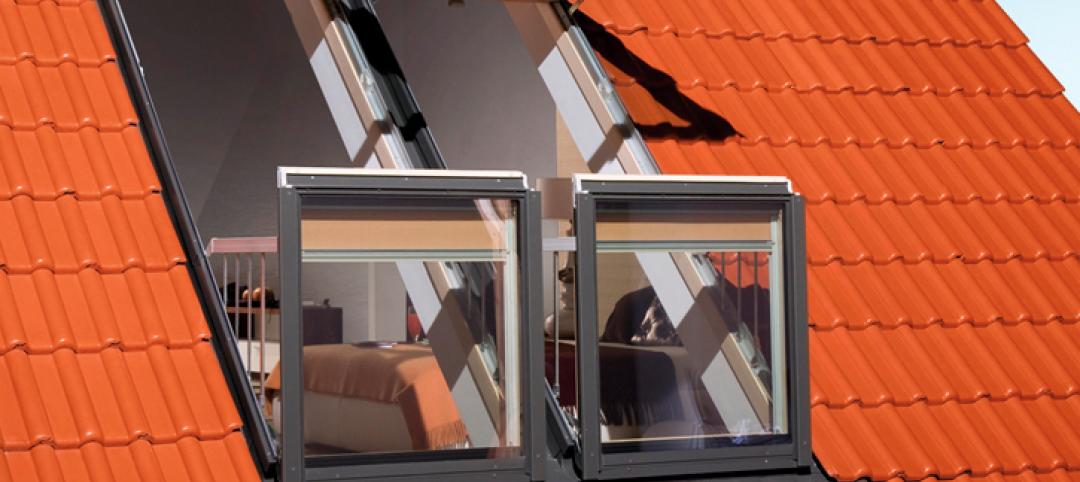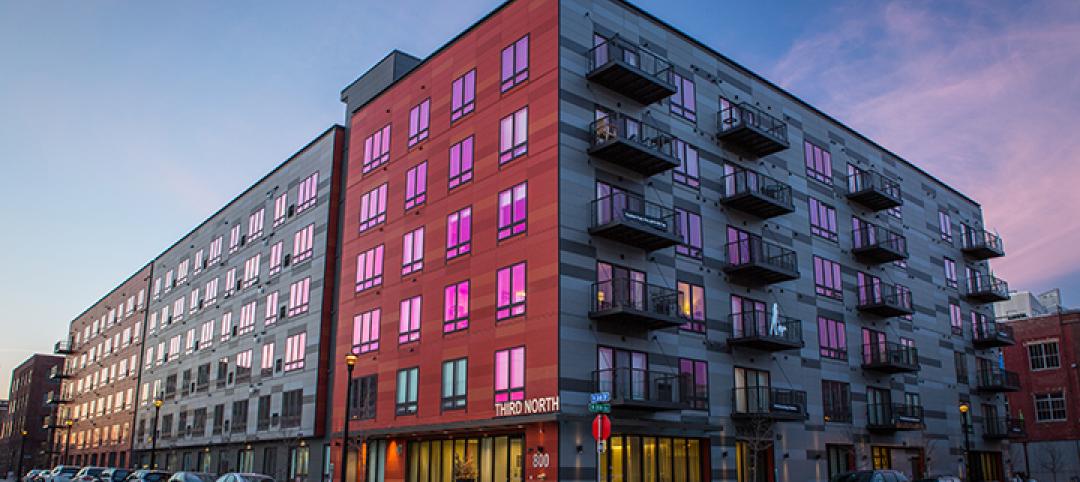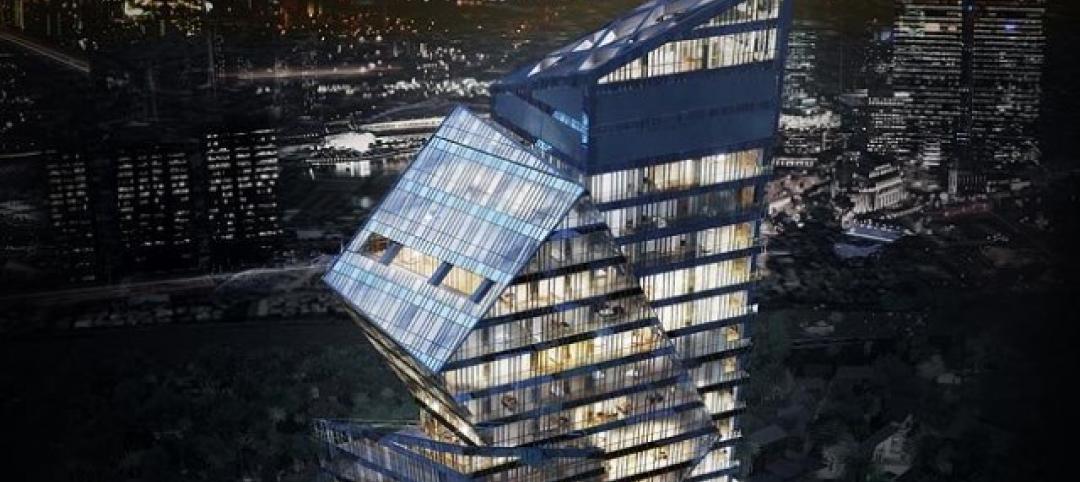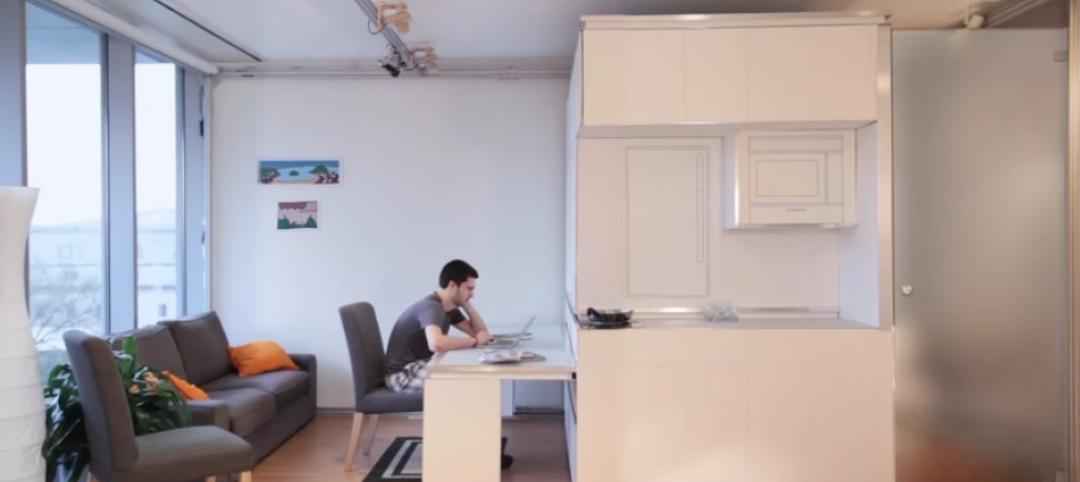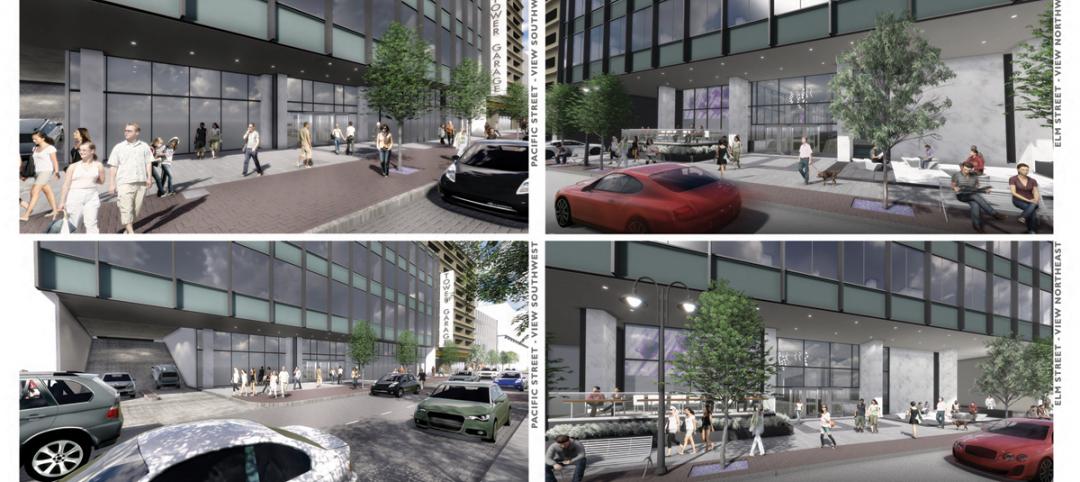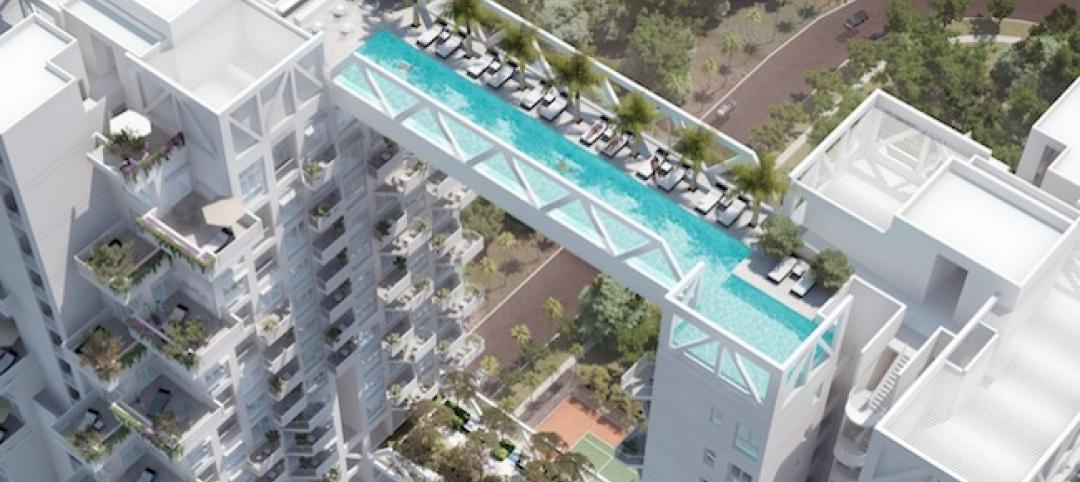With the rising cost of land and construction, and the need to build more densely in order to make building a multifamily community profitable, outdoor spaces become all the more important.
We talked to six veteran landscape architects about how to incorporate gardens and quiet spaces into multifamily communities.
1. Plan your landscape scheme early in the design process.
Don’t think of landscaping as “something you can value engineer to make up for mistakes at the end of the project,” said Craig Karn, ASLA, ULI, NAHB, LEED AP, Founder/Principal, Consilium Design, Denver. “If you’re going to do great, finished outdoor spaces, they need to be central to the design, not leftover space next to the Dumpsters.”
Have your end game in mind at the beginning of the process, he advised: “Your residents want high-quality outdoor spaces, not just sticking a bench along a fence.”
2. Narrow the focus of your plant selection.
Maintenance staffs have a long list of jobs to do every day, and they are not always plant experts. “With any type of fussy landscaping, you have to step up maintenance of the spaces,” said Terry Smith, Associate/Director of Land Planning, BSB Design. “It takes a lot of work to keep them looking good. It might be cool to have the residents involved in the gardens, but management really has to take the lead and be responsible for maintaining it or it becomes an eyesore.”
Regan Pence, PLA, Landscape Architecture Practice Lead, Lamp Rynearson and Associates, Omaha, Neb., advised leaning toward a limited and more formal plant palette. “We try to define the space and make it look architectural and intentional,” he said. “If you leave things as they are, people perceive it as unkempt.” To create a sense of design intent Pence’s firm often adds trellises, walkways, and planters, which are fairly easy for the maintenance staff to take care of.
3. Design small spaces within large spaces.
Even in the midst of busy public areas, landscape designers can carve out small spaces where residents can be on their own. BSB’s Smith compares the experience to hanging out at a coffee shop. “You hear the activity around you, and you can engage if you want to, but you don’t have to. You’re in a quiet space within a noisy environment.”
Creating smaller spaces where your residents can be on their own “is where the creative aspect comes into play,” Smith said. His firm uses plant materials, fencing, landscape walls, and assorted hardscape materials to mold and shape these quiet spots.
He said a dog park is an example of a highly active space that could have a contemplative garden space off to the side “to serve as a quiet space”—possibly with a hammock or two for added relaxation.
4. Use curves and corners in pathways to create quiet spots within a larger open space.
Encountering a small seating area after a sudden change in direction can be a delightfully unexpected experience for your residents. “People love finding these little out of the way spaces,” said Karn. “They become their favorite places to hang out.”
Fireplaces can be used to create multiple intimate seating areas. Karn recommends putting the fireplace in the middle of the space and grouping seating on the various faces.
5. Fire pits and outdoor kitchens are hot-hot-hot.
“Fire pits are really big,” said BSB Design’s Smith. They can be used at night and over an extended period of the year. “They are such a nice gathering area, and they don’t take up much space,” he said.
Fire pits come in all kinds of configurations, he noted. “They’re gas-powered, so they’re acceptable to most fire departments. They’re small, manageable elements where people get a lot of good use out of them.”
Outdoor kitchens are also in demand as social gathering places connected to landscape features. See “Grilled to order: The art of outdoor kitchens,” BDCnetwork.com/OutdoorKitchens2019.
6. Create implied walls and canopies.
Even within large open lawns, intimate spaces can be carved out through what Julie Brinkerhoff-Jacobs, President of Lifescapes International, Newport Beach, Calif., calls “implied walls.”
Shrubbery can frame an open or covered seating area, whether planted at ground level, in raised beds, or in pots that complement the design aesthetic. Or put vines on a fence.
“Create destinations within destinations,” places that are “verdant and intimate,” said Brinkerhoff-Jacobs. “It’s a great way to direct traffic and guide people along a path.” She likes doing a “living, breathing wall or fence,” but warned that they can be expensive unless you have plant material that is very fast-growing.
7. Use lighting to expand garden usage.
The best landscape designs shouldn’t go dark when the sun goes down. “These spaces should have life beyond dusk,” said Scott Baker, PLA, ASLA, President, RELM, Los Angeles.
“People are entertaining in the evening,” said Baker. “These are spaces you come home to at night, grab a bottle of wine, take it downstairs, and hang out with friends.”
Baker said his philosophy is that lights should not be seen; their effect should be perceived. “We work very closely with lighting designers to get a mood and environment,” he said.
You can create the desired effect by underlighting benches and seating and uplighting trees. “It doesn’t have to be big poles with lights that light up an area like a prison yard,” said Baker. “It can be done in a much more subtle way. More successful spaces do everything with a little more intrigue.”
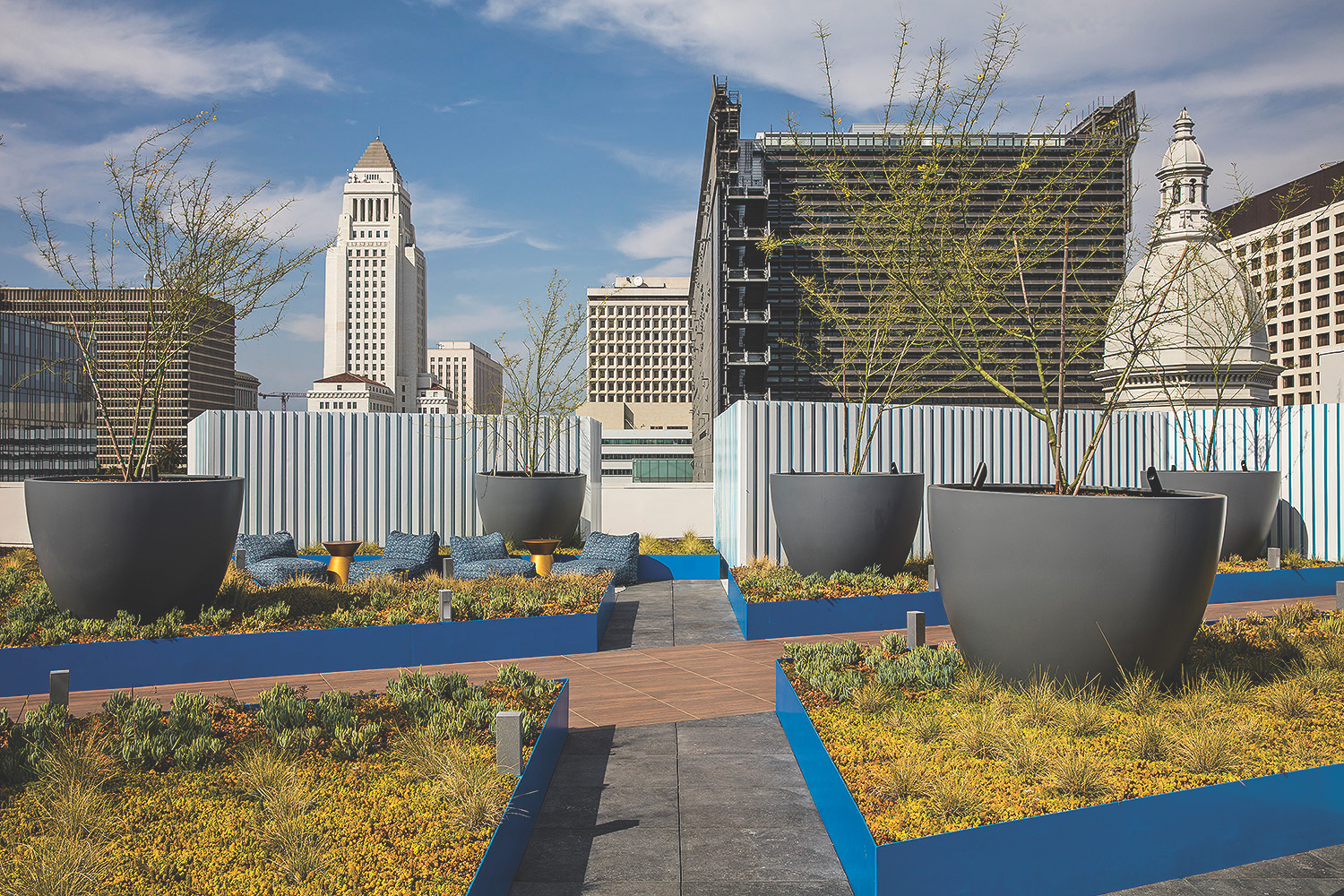 Raised planter beds and stone pavers form the landscaping vocabulary of the 20,000-sf roof garden designed by RELM for STOA, a 224-unit rental high-rise in downtown Los Angeles. The dome of the Cathedral of St. Vibiana (1876), which was damaged in the 1994 Northridge earthquake and later deconsecrated (it’s now an events venue), is at right. Holland Partners was the developer. Togawa Smith Martin was the architect. Photo: Manolo Langis
Raised planter beds and stone pavers form the landscaping vocabulary of the 20,000-sf roof garden designed by RELM for STOA, a 224-unit rental high-rise in downtown Los Angeles. The dome of the Cathedral of St. Vibiana (1876), which was damaged in the 1994 Northridge earthquake and later deconsecrated (it’s now an events venue), is at right. Holland Partners was the developer. Togawa Smith Martin was the architect. Photo: Manolo Langis
8. Make the roof part of your landscape plan.
Ziv Lavi, Founder/Managing Partner of Turf Landscape Design, in New York City, remembers when multifamily developers didn’t think much at all about the rooftop spaces on their buildings. “Today, it’s understood the roof will be activated,” said Lavi, a former urban designer at the New York City Department of City Planning. “It’s what people expect when they come to rent or buy in a building.”
Project teams need to think about how the rooftop can become an amenity, not just a holding space for the mechanical systems. “There’s an opportunity to move those mechanical areas around and craft in cozy, intimate spaces,” he said.
Lavi said roof spaces should embrace a city’s energy, not mask it. Using sound barriers to ward off city noise sends a message that “city noise is bad and nature noise is better,” said Lavi. “You don’t want to do that. You want to be able to feel you’re within the huge metropolitan area. You’re elevated above it in a nature-like area that filters and incorporates the city into your experience.”
One caution: “If you have to have mature trees on a roof deck, you better plan for it, because plant materials are heavy,” warned Lifescapes International’s Brinkerhoff-Jacobs. “The roof is one area where early involvement in the design process is essential.”
9. Don’t overdo the size of the pool.
Does your multifamily community really need a huge pool? According to Consilium Design’s Craig Karn, today’s apartment and condo residents go to the pool primarily to meet people, not to swim. “Make the pool small and the deck big,” he said. “People-watching is a big deal. But people want to be the watcher, not the watched.”
One way to make that happen is by placing several smaller seating areas around the lawn or deck where residents can sit with a few friends. “It creates intimacy where they feel comfortable,” Karn said.
Lifescapes International’s Julie Brinkerhoff-Jacobs recommends adding nearby water features, such as fountains or water walls, to make a small pool area feel larger. She also suggests installing cabanas to make it possible for residents to define their own more private space within the larger, more public pool area.
GARDENS ADD TANGIBLE VALUE TO YOUR PROJECT
“Human beings enjoy being in gardens,” said Brinkerhoff-Jacobs. “Life is hectic. When you have places of repose where you can recharge your batteries and reconnect with a small group of friends, that’s important. If you live in an area with dense population and have a place to have alone time, that will be a very rewarding experience.”
Related Stories
| Jun 10, 2014
Built-in balcony: New skylight windows can fold out to create a patio
Roof window manufacturer Fakro offers a skylight window system that quickly converts into an open-air balcony.
| Jun 9, 2014
Green Building Initiative launches Green Globes for Sustainable Interiors program
The new program focuses exclusively on the sustainable design and construction of interior spaces in nonresidential buildings and can be pursued by both building owners and individual lessees of commercial spaces.
Sponsored | | Jun 4, 2014
Fiber cement panels bridge historic and modern at Minneapolis apartment complex
The design team for the Third North apartment complex specified Nichiha’s Illumination Series architectural panels in a blend of six colors—divided into swaths of reds and swaths of grays—that combine with a rectilinear shape to complement nearby brick.
| Jun 3, 2014
Libeskind's latest skyscraper breaks ground in the Philippines
The Century Spire, Daniel Libeskind's latest project, has just broken ground in Century City, southwest of Manila. It is meant to accommodate apartments and offices.
| Jun 2, 2014
Parking structures group launches LEED-type program for parking garages
The Green Parking Council, an affiliate of the International Parking Institute, has launched the Green Garage Certification program, the parking industry equivalent of LEED certification.
| May 30, 2014
MIT researchers create 'home in a box' transformable wall system for micro apartments
Dubbed CityHome, the system integrates furniture, storage, exercise equipment, lighting, office equipment, and entertainment systems into a compact wall unit.
| May 30, 2014
Developer will convert Dallas' storied LTV Building into mixed-use residential tower
New Orleans-based HRI Properties recently completed the purchase of one of the most storied buildings in downtown Dallas. The developer will convert the LTV Building into a mixed-use complex, with 171 hotel rooms and 186 luxury apartments.
| May 29, 2014
7 cost-effective ways to make U.S. infrastructure more resilient
Moving critical elements to higher ground and designing for longer lifespans are just some of the ways cities and governments can make infrastructure more resilient to natural disasters and climate change, writes Richard Cavallaro, President of Skanska USA Civil.
| May 29, 2014
Wood advocacy groups release 'lessons learned' report on tall wood buildings
The wood-industry advocacy group reThink Wood has released "Summary Report: Survey of International Tall Wood Buildings," with informatino from 10 mid-rise projects in Europe, Australia, and Canada.
| May 28, 2014
Moshe Safdie's twin residential towers in Singapore will be connected by 'sky pool' 38 stories in the air [slideshow]
Moshe Safdie's latest project, a pair of 38-story luxury residential towers in Singapore, will be linked by three "sky garden" bridges, including a rooftop-level bridge with a lap pool running the length between the two structures.


